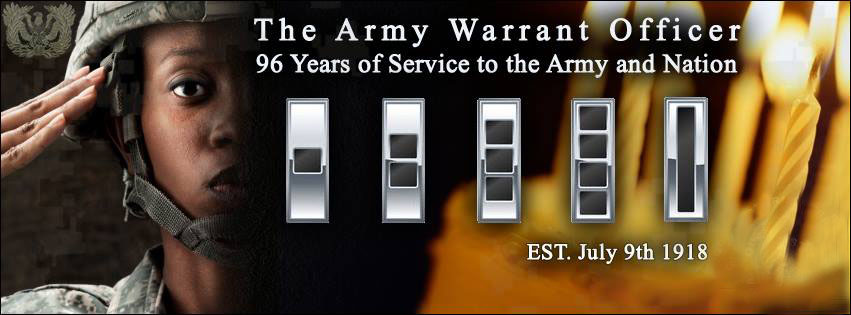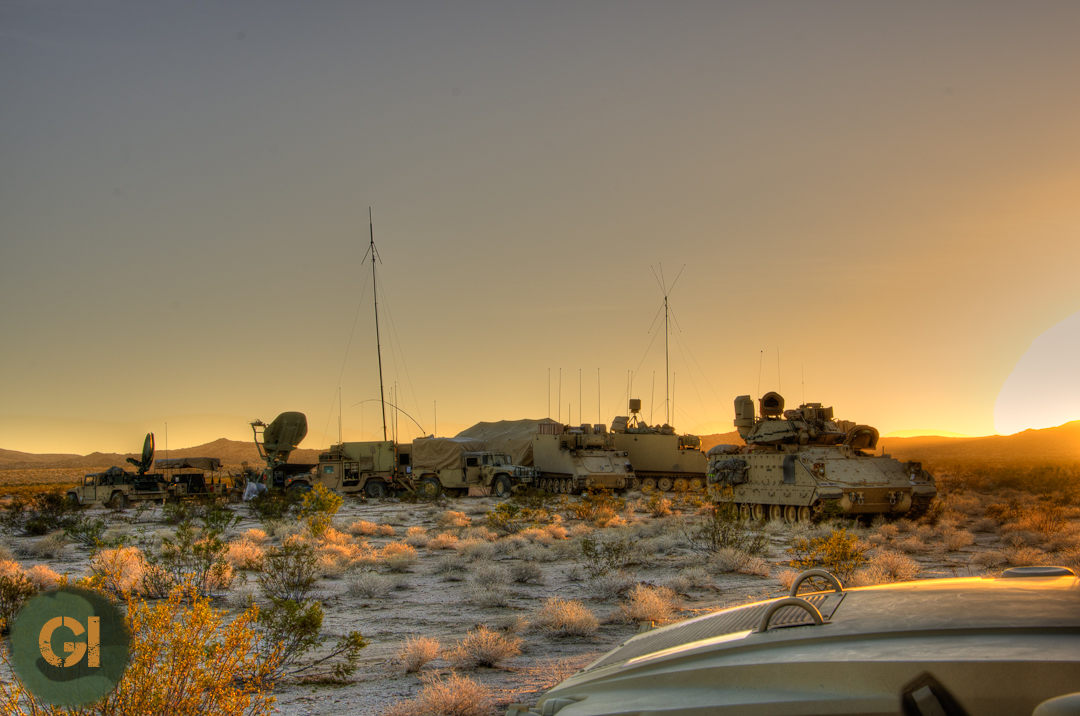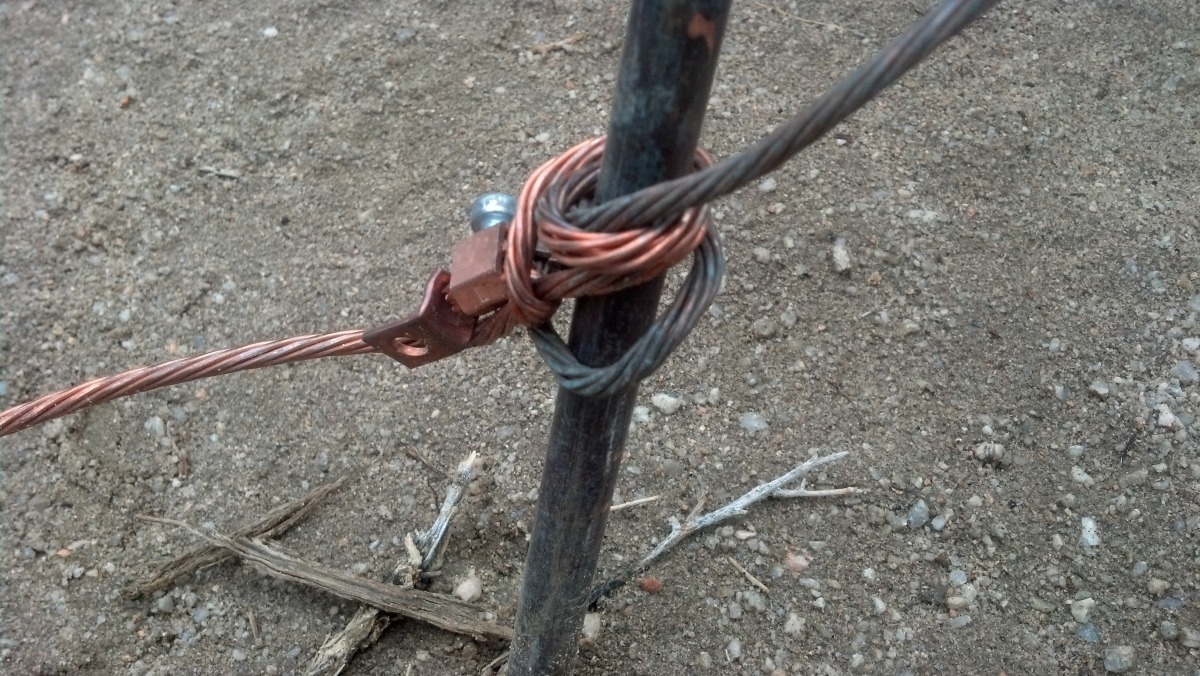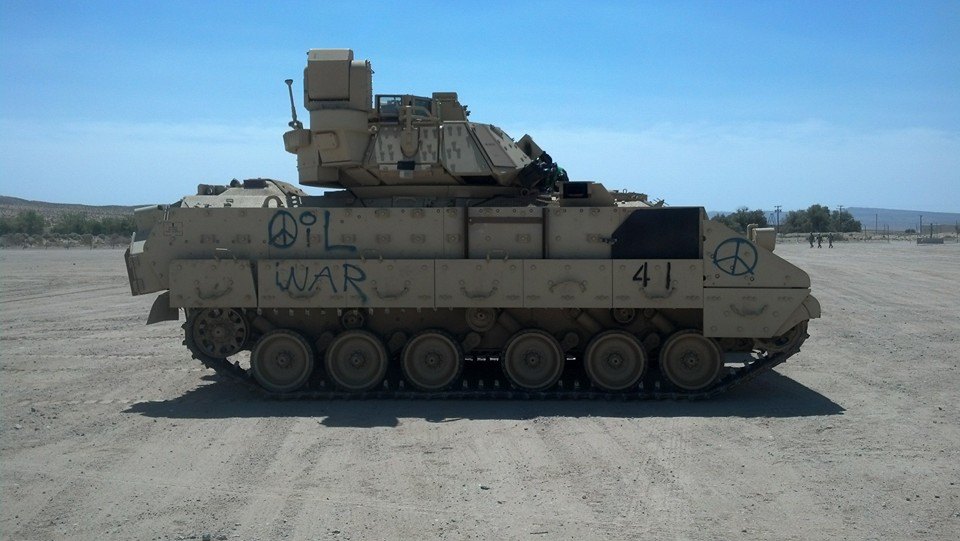Warrants, aside from being experts at our job, we also have a responsibility to find the guy that will eventually replace us. We do this by working closely with our Soldiers and helping to groom our most promising to become future warrant officers.
Building Relationships for a Easier Future
Relationships are a big topic that we talk about in literally ever signal AAR. Why? Because relationships, or lack thereof, can help even the most poorly planned operation a success or kill the most detailed operation. Relationships are important to every staff officer because they enable to not only do our job, but to be much more effective at it.
What to do with a TAC JNN
The standard BCT is issued two JNNs normally designated to support the BDE Main and the TAC however many units have found that this may not be the best way to actually employ these systems. One sign of a true Net Tech in my opinion is someone who is able to examine their assets and design a network that makes sense, not one that the Army prescribed.
Why we Ground to the Ground
Grounding is something that every signal Soldier should be familiar with. I would hazard to say that, we have all heard of it, all acknowledge the fact that it is an import step during the setup of any signal system (it is hard to find a technical manual for a piece of equipment with a power plug that doesn’t mention grounding at least once) but few people understand why we need to do it and even fewer know how to do it properly.
How to Arrive to the Middle of Nowhere
It is my desire not to write about things that apply specifically to rotations here at NTC but instead to focus on bigger problems that affect a unit no matter where they go. While this problem is likely a bigger problem, I am going to write about how it specifically affects units as they move through NTC; how do we get our stuff from there to here and what do we need to consider?
Security Technical Implementation Guide (STIG)
Many Net Techs have heard of a STIG (Security Technical Implementation Guide) but most have never actually looked at them before. The STIG, combined with NSA guides are considered the “best practices” for information assurance within DOD systems. While there is nothing that says that your systems MUST be configured to their standards it is important to realize that by not configuring them in the recommended way means that you are accepting risk.
Quality of Service (QOS) in WIN-T 1A
Quality of service (QOS) is one of those things that nearly every net tech has heard of but most know nothing about. We think of it as a silver bullet but are sorely mistaken. Take some time to learn about it and figure out how it can help you.
Trends from the National Training Center Part 6 – Network Security
Our networks play a vital part in allowing the units we support to communicate which enables to commander to “impose his will on the enemy” (a my boss likes to always say). But if the network is not secure it can easily be used against us. This is part six of a series of posts concerning the network trends that I regularly see here at the National Training Center as units pass through on rotation.
Trends from the National Training Center Part 5 – HCLOS
The high capacity line-of-sight (HCLOS) radio provides a high bandwidth low latency link between two nodes in the WIN-T network. It can greatly expand the capabilities of the BCT’s network but must be deliberately planned. This is part five of a series of posts concerning the network trends that I regularly see here at the National Training Center as units pass through on rotation.
Trends from the National Training Center Part 4- Signal Maintenance
The Brigade S6 is responsible for providing the overall communications plan for the BCT. In order to accomplish that mission, they must continually know the status of all systems that support that mission to include JNNs, CPNs, and STTs along with their support equipment (generators). This is part four of a series of posts concerning the network trends that I regularly see here at the National Training Center as units pass through on rotation.










